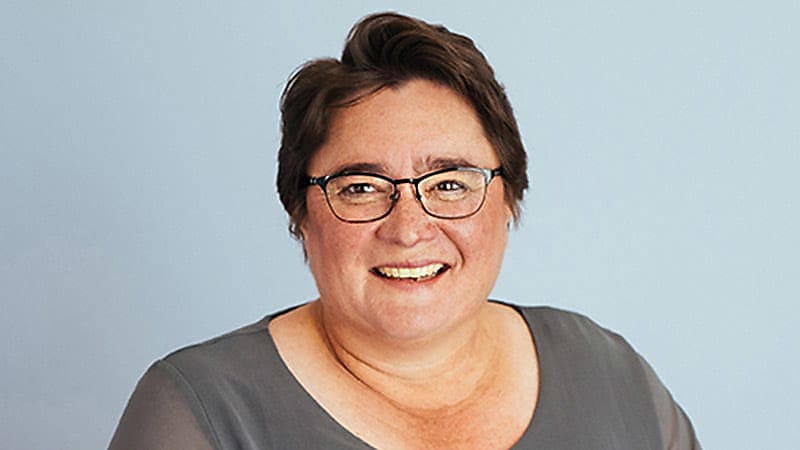TBC indexation raises important questions for contribution planning
The recent increase in the general transfer balance cap raises some important strategy considerations for clients planning to use the bring-forward rules, says a technical expert.
The Australian Bureau of Statistics (ABS) last week released the December quarter CPI figure, which is high enough for the general transfer balance cap to index to $1.9 million from 1 July this year.
In a recent article, Heffron managing director Meg Heffron said the general cap increase will have a number of important consequences for clients.
Ms Heffron noted not everyone will get the same increase and those who have already used up their transfer balance cap in full won’t get any value at all out of the indexation.
“The indexation rules are smart — they look back over a person’s history and find the moment when they had used up the most (in percentage terms) of their transfer balance cap,” she explained.
“If that was (say) 75 per cent back in 2021, only 25 per cent of the $200,000 indexation ($50,000) will be available from 1 July 2023. That’s true even if the client has subsequently taken pension commutations and has far more of their cap available now.”
Due to the way the rules work, Ms Heffron noted that from 1 July 2023, there will be 301 possible transfer balance caps depending on exactly when an individual’s pensions started and how large the pensions were at the time.
In terms of the impact of the general TBC increase on contributions, however, everyone can potentially benefit, she said.
“Remember that the non-concessional contribution cap in 2022/23 is $nil for everyone with a total superannuation balance at 30 June 2022 of $1.7 million or more.”
“For 2023/24 the relevant threshold will be $1.9 million at 30 June 2023. And this applies to everyone, even those whose personal transfer balance cap was locked in at $1.6 million or $1.7 million and has been used in full.”
A big question remaining, said Ms Heffron, is what the other contribution thresholds will end up being for those wanting to use the bring-forward rules next year.
“In 2022/23, for example, someone considering making three years’ worth of non-concessional contributions at once (3 x $110,000, i.e. $330,000) must have had a total superannuation balance at 30 June 2022 of less than $1.48 million.”
“This threshold will definitely change for 2023/24 but at this stage we can’t say for sure what it will be.”
Ms Heffron said this will depend on whether the contribution caps themselves also change, including the current $27,500 for concessional contributions and the $110,000 for non-concessional contributions.
The threshold for being eligible to make three years’ worth of non-concessional contributions, she said, is worked out as:
General transfer balance cap less 2 x the normal annual non-concessional contributions cap.
The contribution caps increase in line with Average Weekly Ordinary Time Earnings, which are due to be released 23 February.
This means that the threshold for someone wanting to use the three year bring-forward rules could either be $1,680,000 if the contribution caps don’t increase, or $1,660,000 if they do.
“This will definitely impact those wanting to maximise contributions in the next few years.”
She gave an example of a client with a total superannuation balance of $1.47 million at 30 June 2022, just below the threshold for making three years’ worth of non-concessional contributions.
“If they contribute $330,000 now, they will clearly be unable to make further non-concessional contributions until 2025/26,” she noted.
“A better strategy may be to contribute only $110,000 now as long as they can be reasonably confident their balance will remain below $1.66 million at 30 June 2023 and they will be eligible to make super contributions next financial year. This leaves open the option to contribute a further $330,000 (or even $360,000 if the contribution caps increase) in 2023/24.”








